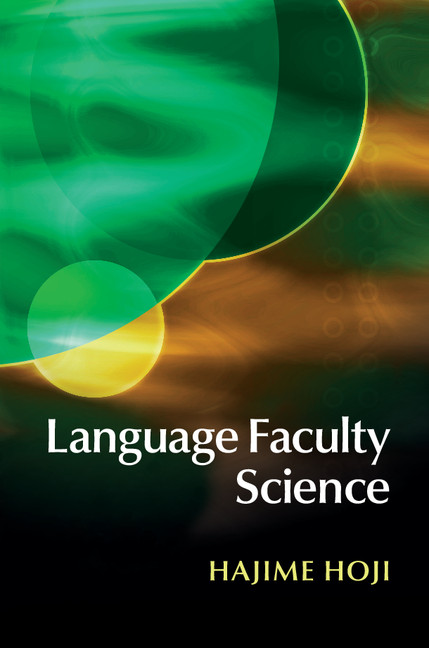- Top page
- Requests for having additional charts at this website
- Remarks on the forthcoming books
- Preliminary remarks
- Design and Examples
- Glossary
- English Experiments
- EPSA [31]-1 (=[31]-8)
- EPSA [31]-2 (=[31]-9)
- EPSA [31]-3 (=[31]-10)
- EPSA [31]-4 (=[31]-11)
- EPSA [31]-5 (=[31]-12)
- EPSA [31]-7 (=[31]-13)
- Japanese Experiments
- a- vs. so-
- EPSA [10]-5
- EPSA [10]-10
- EPSA [10]-11
- soko and soitu
- EPSA [3]-7
- LF c-command condition on FD
- EPSA [33]-2
- EPSA [33]-3
- EPSA [33]-8
- EPSA [33]-9
- EPSA [33]-17
- EPSA [33]-18
- EPSA [1]-18
- EPSA [1]-20
- EPSA [1]-21
- EPSA [1]-33
- EPSA [1]-34
- otagai
- EPSA [5]-1
- EPSA [5]-3
- EPSA [5]-5
- local disjointness
- EPSA [35]-4
Hajime Hoji .Language Faculty Science |
 © Cambridge University Press |
EPSA [1]-20
This is one of the Main-Experiments dealing with Japanese. Unlike the other Japanese Main-Experiments discussed in the book (EPSA [33]-2, [33]-3, [33]-8, [33]-9, [33]-17, [33]-18), most of the informants in EPSA [1]-20 (and also in EPSA [1]-18, [1]-21, [1]33, and [1]-34) had background in linguistics. The number of the informants in the latter EPSA Experiments is also relatively small (6-9), significantly smaller than that in the former set (87-46).
EPSA [1]-20 makes a pair with EPSA [1]-21. The only difference between these two EPSA Experiments is their Schema A. It is of the SOV form in EPSA [1]-20 while it is of the OSV form in EPSA [1]-21. Their LGs are:
- LG1: BVA(zidoosya gaisya-cm 3-sya, soko) 'BVA(three auto companies, it)'
- LG2: BVA(suugaku kyoosi-cm 3-nin, soitu) 'BVA(three math teachers, that guy)'
EPSA [1]-20 and [1]-21 on the one hand and EPSA [1]-33 and [1]-34 on the other differ from each other only in the following respect:
"N-cm" and "3-CL" (CL=classifier) are adjacent to each other in EPSA [1]-20 and [1]-21, but they are not in EPSA [1]-33 and [1]-34.
In the result charts below, we only consider their SG1 of EPSA [1]-20 (and [1]-21, [1]-33 and [1]-34), just as in the CUP book. See Section 7.5.4. The "Raw Data" file, however, contains the informant judgments on the Examples of the excluded SGs.
Design
Examples
Results
[1]-20, SG1 only, Lexical-group-based
Effects of informant classification on a *Schema-based prediction
Informant list for [1]-20:
based on: familiar
The informant classification is based on "Familiar." We consider only the informants who are native speakers of Japanese and who are familiar with both "bound variables" and "wide-scope interpretation" as they are used in linguistic discussion.
[1]-20, SG1 only, Lexical-based, based on the above informant list
Informant list for [1]-20:
based on: familiar; &
based on: [10]-10; &
based on: [10]-11
The informant classification is based on the result of [10]-10 and [10]-11. We consider only those informants (i) who are native speakers of Japanese and familiar with both "bound variables" and "wide-scope interpretation" as they are used in linguistic discussion, (ii) whose %(Y) on B is 0% and whose reported %(Y) on A is 25% or higher both in [10]-10 and [10]-11.
[1]-20, SG1 only, Lexical-based, based on the above informant list